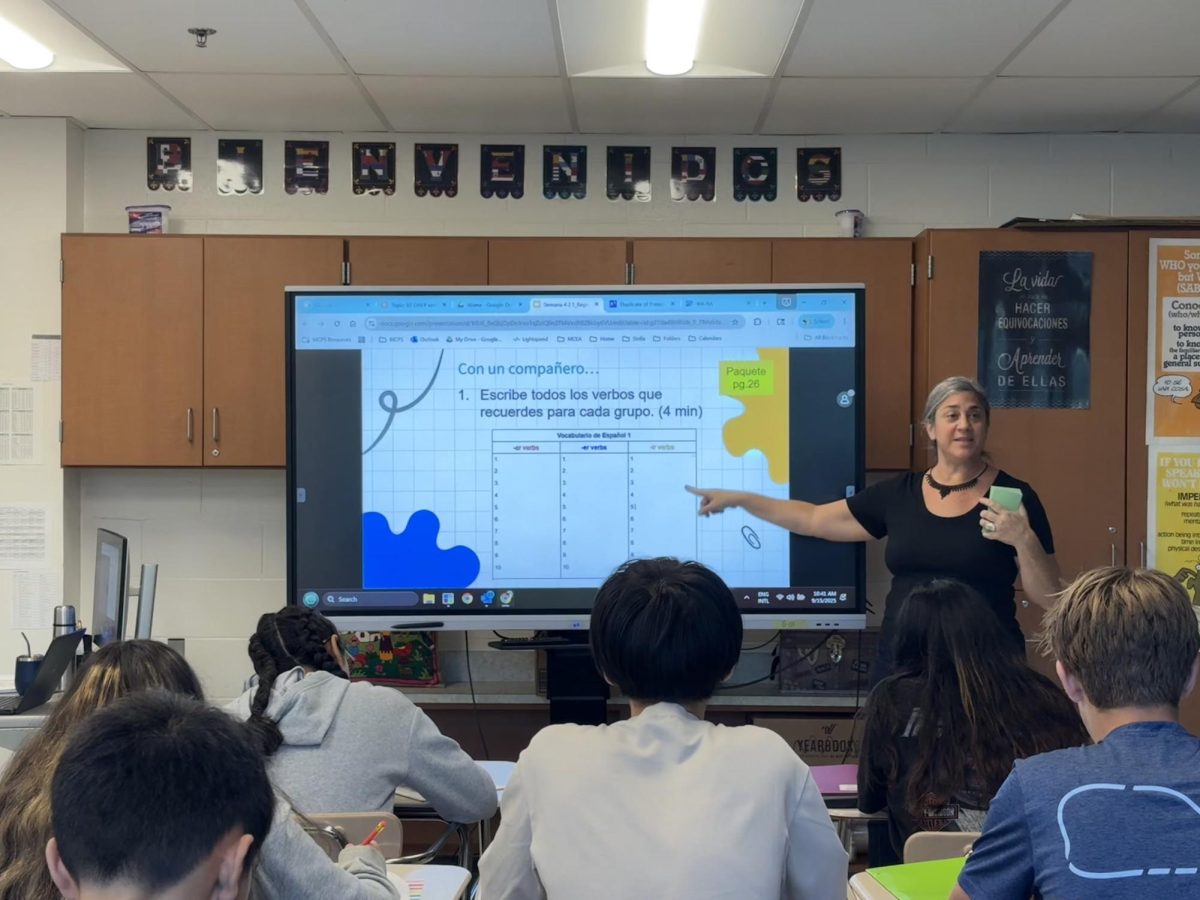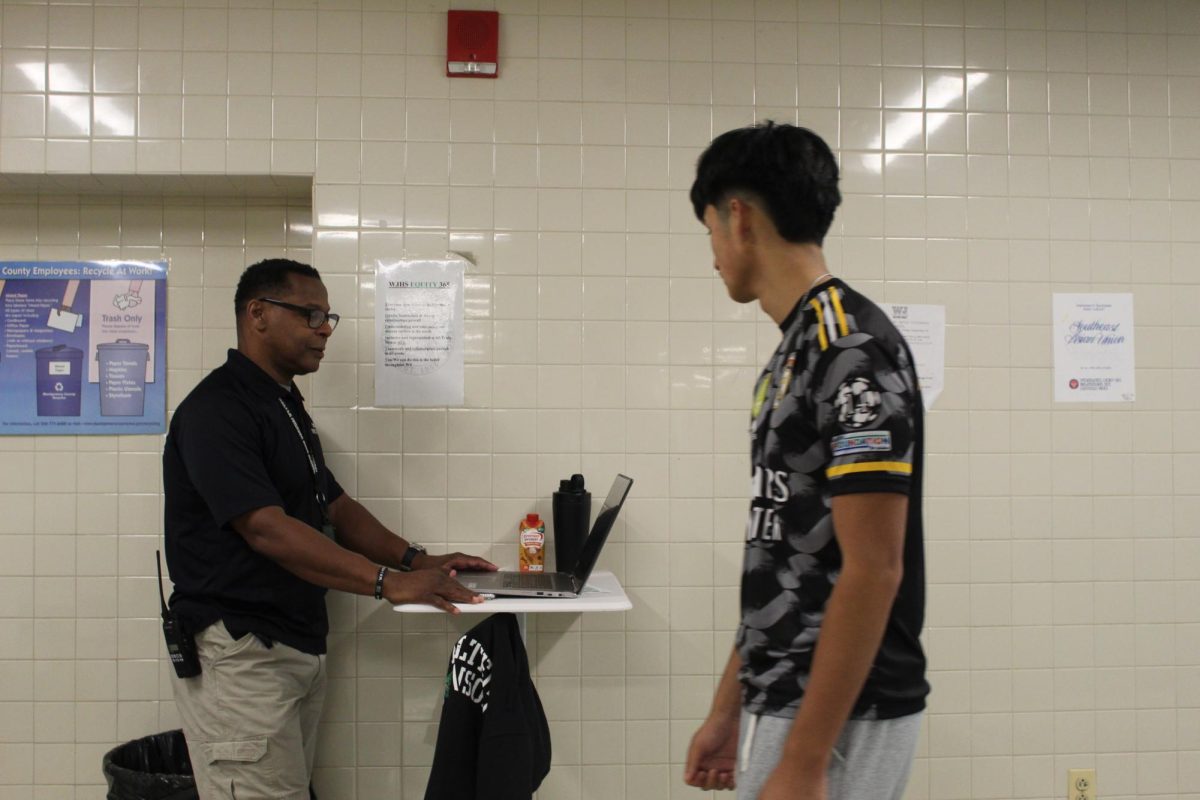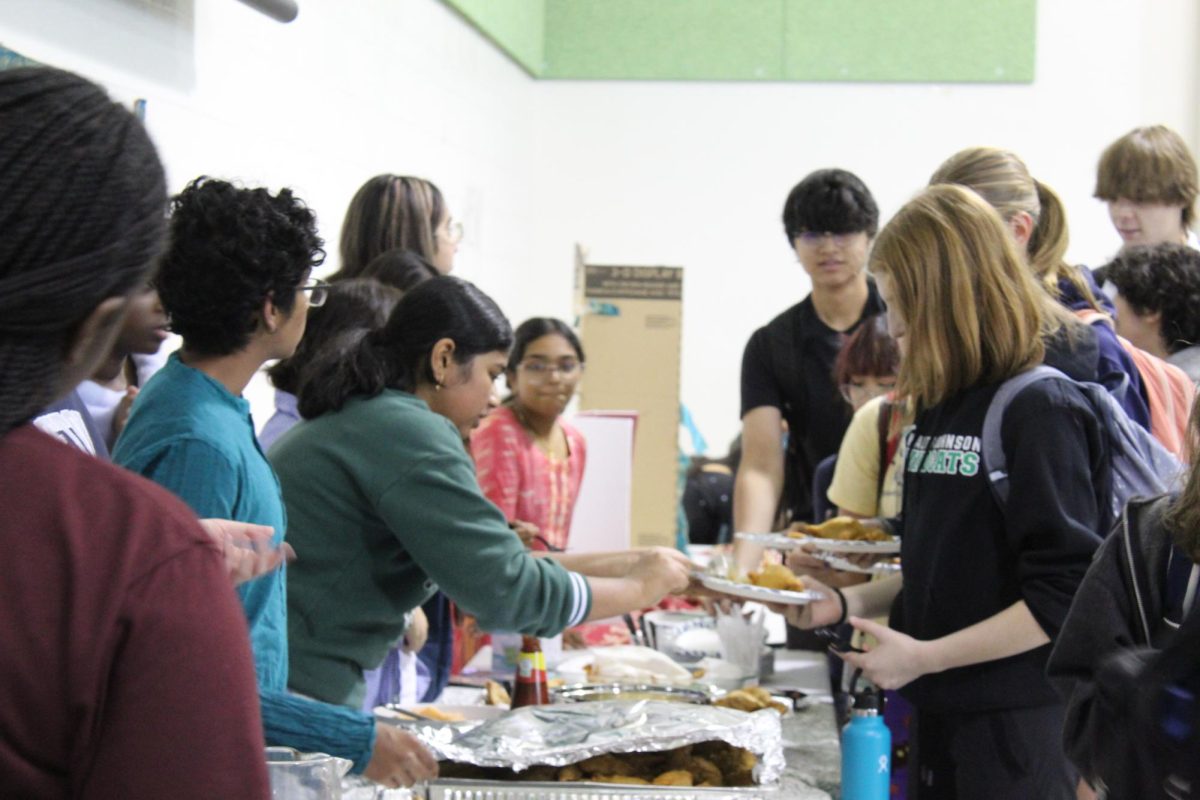How many times have you woken up, and wished for something different, refreshing, stimulating, to do? Origami Club is an excellent opportunity to do so by learning about origami’s rich history and extensive repertoire.
“[I started Origami Club because] I like origami and I [felt] like imposing it on everyone else in the school,”said freshman Michael Gancz, the club’s president.
He first became interested in origami when he was younger and was taught how to make the flapping crane by a family member. Once he had mastered it, he continued on to learn more about folding and the culture of it via websites devoted to teaching different techniques.
Even today, he is “constantly amazed at what people with varying levels of experience, on different sides of the world, can do with a square of paper, their hands and their minds.”
In the club, members learn how to fold various forms of origami from each other, with paper that is either brought by the members themselves or by Gancz. His goal for the year is to have every member of the club design their own origami structure.
Today, origami incorporates both ancient and modern modeling techniques, such as the Little Bird from modern-day Spain and Satoshi Kamiya’s Ancient Dragon. The Little Bird technique is fairly simple, and therefore often learned by beginners. As for the Ancient Dragon technique, “it has become a sort of rite of passage for advanced folders,” according to Gancz.
“This model…requires you to always be two steps ahead of yourself; you need to plan ahead, as a misstep [will cause] a ripple effect throughout the rest of the folding,” said Gancz.
When people hear the word “origami,” they often think of Japan. In fact, origami originally was a mix of both Japanese and Spanish cultures and goes back as far 105 A.D. When it was first introduced in Japan, it was mostly used in ceremonial gifts. As time went on, it also became a form of art that was available to a high percentage of the population, due to the increasingly easy accessibility of paper. Modern origami also has roots in Spanish culture; the Moors, who invaded in the year 711, folded complex geometrical designs from paper. These practices have become embedded in Spanish culture, even though the Moors were expelled in 1492.
While origami is not the most popular form of art today, it incorporates some of the same techniques used by engineers every day, such as structural considerations and physical appearances. For example, when designing the satellites up in space, engineers have to consider how to design the mechanics and engines used to power these devices.
“[One] company hired an origami artist to design a way to compress the satellite as much as possible through folding so that it could be launched more easily, and then expand once in orbit,” said Gancz.
When folding origami, the person folding must make sure that they follow each step very carefully to ensure that the model is constructed properly.
The Origami Club meets Mondays at lunch in room 114.




















